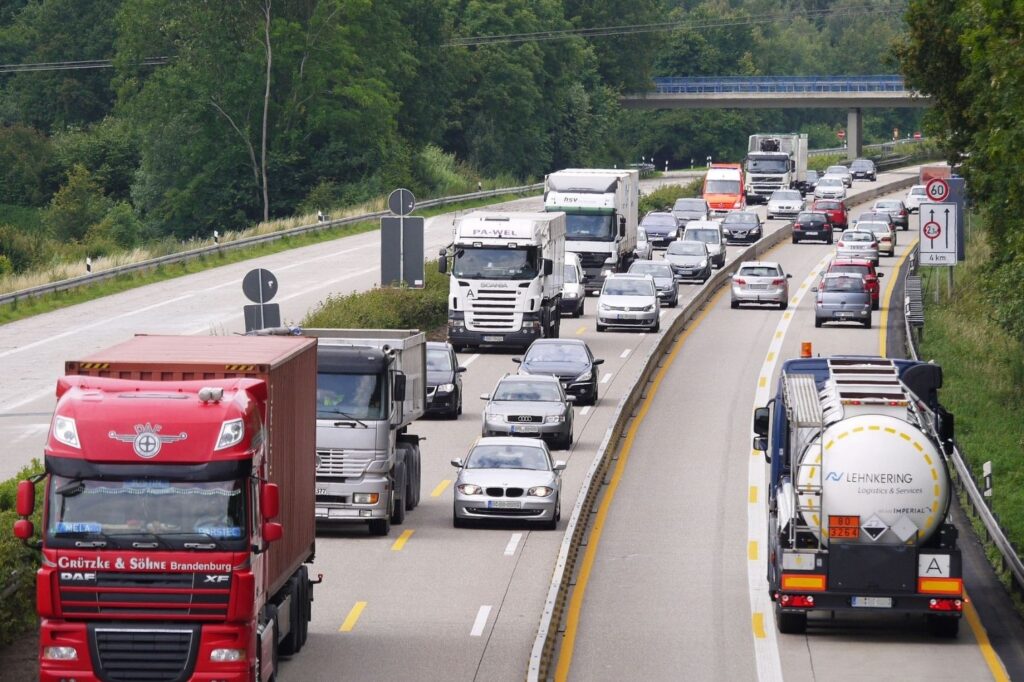How Technology Will Transform the Movement of Goods
In a few years the world of transport will evolve exponentially thanks to new technologies: innovative road transport will defeat the traditional one.
The digitization of the freight transport sector offers the opportunity to save time and facilitate exchanges between the various players in the Supply Chain. According to a survey conducted by the PWC group-owned consultancy Strategy & technological innovations will enable hauliers to reduce their truck costs by 5% by 2020 and by 30% by 2030, thanks to the circulation of fully autonomous trucks. So let’s see what are the main technologies that are revolutionizing the world of road freight transport.
Autonomous Driving
We often hear about autonomous driving for cars. In the field of innovative road haulage, many companies are also concentrating on the study and development of “autonomous truck” prototypes. While this would dramatically revolutionize the freight transport sector, it would affect the work of many road freight professionals.
It seems that within the next 10 years, trucks will be able to travel long distances on highways without driver intervention. Freightliner and Daimler have already started working on this, starting tests with 100% autonomous trucks.
The American start-up Otto (absorbed last year by Uber) has also developed an autonomous driving system to be installed on trucks.
The experiment took place in the United States: the truck (Volvo) traveled 120 miles, from Fort Collins to Colorado Springs, with a load of 50,000 cans of beer.
The truck traveled at about 90 kilometers per hour of speed, but without anyone behind the wheel. The “Otto” truck made the first self-driving goods delivery in history.
The giants of the technology sector are not watching: it seems that soon Google and Tesla will also start their self-driving trucks!
The legislative changes are already ready: UNECE (United Nation Economic Commission for Europe) announced on 23 March 2016, the modification of the Vienna Convention. This text has been amended and now authorizes automated driving systems inside vehicles if they are “in compliance with UN regulations or can be controlled or disabled by the driver”.

V2V Communication: Vehicle-To-Vehicle
When it comes to innovative road transport, communication cannot be ignored, which, supported by technology, becomes smart. One of the forms of communication mentioned in the survey concerns linked vehicles.
Among these, “platooning” stands out, which allows trucks to save fuel. The platooning system is in fact a grouping of vehicles that works in a single block. This technique has several advantages such as reducing traffic jams and reducing collisions between vehicles.
In 2016, several manufacturers (Daimler Trucks, DAF, Man, Iveco, Scania and Volvo) took part in the European Truck Platooning Challenge.
Each manufacturer started from a strategic point: Scania from Sweden, Man and Daimler from Germany, DAF and Iveco from Belgium, all meeting at the port of Rotterdam. Vehicles connected via Wi-Fi drove one behind the other at a distance of 20 meters. The operation went satisfactorily and did not encounter any particular problems.
V2I Communication: Vehicle-To-Infrastructure
The survey highlights the important growth in technologies that allow vehicles to also be connected to road infrastructures. This form of communication releases information in real time on the state of traffic and on the infrastructures most often used by drivers (parking, service area, etc…).
To best ensure the safety of road users, 3D mapping and GPS tracking software are progressively installed on the trucks. Most road accidents are often due to human error. This is why the trucks linked together or linked to their environment would allow to find a solution to this type of problem.
The “Remote Diagnosis”
Among the technological innovations in support of innovative road transport there is remote diagnosis. This technique allows you to continuously monitor the state of the vehicle in real time. According to the survey, this type of technology offers the possibility for hauliers to gain efficiency on the maintenance of their fleet. Thus, the lifespan of a truck would increase by 5%.
Furthermore, in the event of a breakdown, these remote diagnosis systems inform the driver of the type of problem detected and signal the nearest workshop that can “get the truck back on track”!
The Platforms That Allow You to Link Supply and Demand
Among the technological innovations, the connection platforms between supply and demand for freight transport could not be missing. By subscribing to one of these platforms, the driver will be able to organize his trips or complete a load with a smartphone or tablet.
The trucks connected with the fleet manager will be able to evaluate their filling rate and this information can then be directly transmitted to a platform specialized in linking supply and demand for freight transport.
Many applications have emerged that offer this type of service.
Without wasting time, the carrier is able to search by product category, by places and times of collection and delivery and send his quotes.
